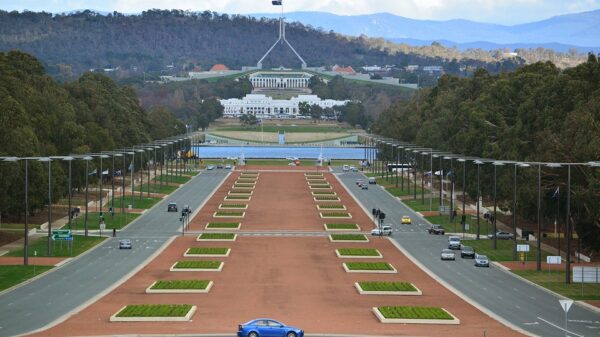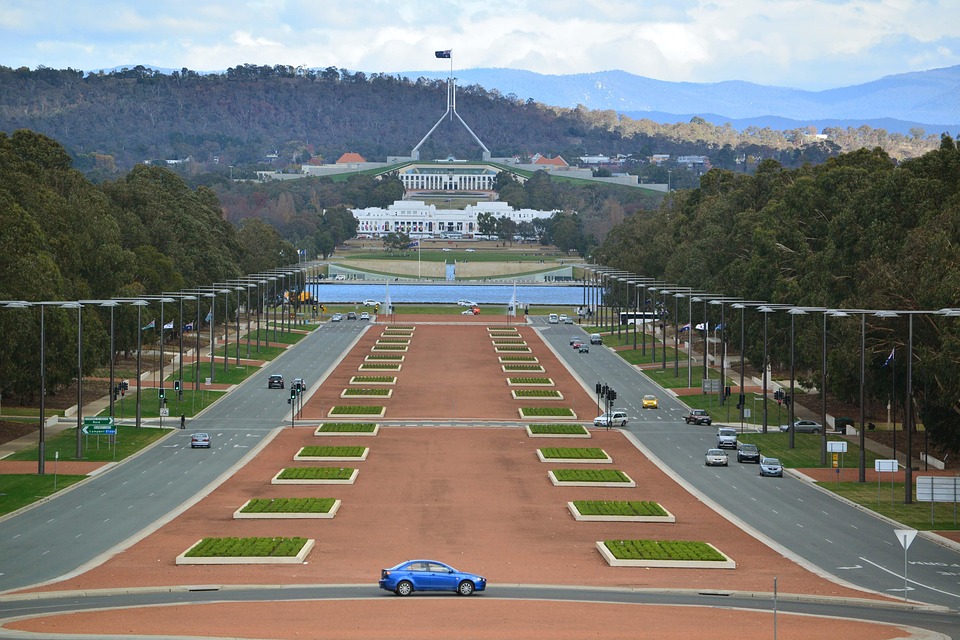A new report from the Grattan Institute advocates for a significant overhaul of Australia’s housing policies to address the ongoing housing crisis. The report, titled More homes, better cities: Letting more people live where they want, calls for the allowance of three-storey townhouses and apartments on all residential land across capital cities. It suggests that developments of six storeys or more should be permitted as-of-right near major transit hubs and key commercial centres.
According to the report, housing in Australia’s major metropolitan areas ranks among the least affordable globally. The lead author and Grattan Institute Housing Program Director, Brendan Coates, emphasized that restrictive planning regulations significantly inflate the cost of new housing, adding hundreds of thousands of dollars to prices in cities like Sydney and Melbourne. Coates stated, “For decades, Australia has failed to build enough homes in the places that people most want to live. Now we have a housing affordability crisis that is dividing families and communities and robbing young Australians of their best chance in life.”
The report highlights that approximately 80 percent of residential land within 30 km of Sydney’s centre is zoned for buildings of three storeys or fewer, while 87 percent of land in Melbourne is similarly restricted. In other cities such as Brisbane, Perth, and Adelaide, more than three-quarters of residential land is limited to two storeys or less. This zoning contributes to the low density of Australian capital cities compared to their international counterparts.
By permitting increased housing density in established suburbs, the report argues, housing costs could decrease across all areas. This would allow more residents to live closer to high-paying jobs, schools, and transport links, ultimately enhancing their quality of life. Additionally, shorter commutes would lead to reduced greenhouse gas emissions, aligning with sustainability goals.
The report advocates for clear standards that would enable developments of up to three storeys to proceed without needing a planning permit. Larger projects that meet pre-established criteria could be evaluated through streamlined approval processes. Implementing these changes could unlock the potential for over one million new homes in Sydney alone.
The Grattan Institute’s projections indicate that these reforms could increase housing construction by up to 67,000 homes annually across Australia. Over a decade, this could lead to a 12 percent reduction in rents and a decrease of more than $100,000 in the median home price, with further reductions likely over time.
Coates concluded, “Australia needs a housing policy revolution. The equation is simple: If we build more homes where people most want to live, housing will be cheaper and our cities will be wealthier, healthier, and more vibrant.” As Australia grapples with its housing affordability crisis, the recommendations from the Grattan Institute may serve as a pivotal step towards a more sustainable and equitable housing landscape.



































































